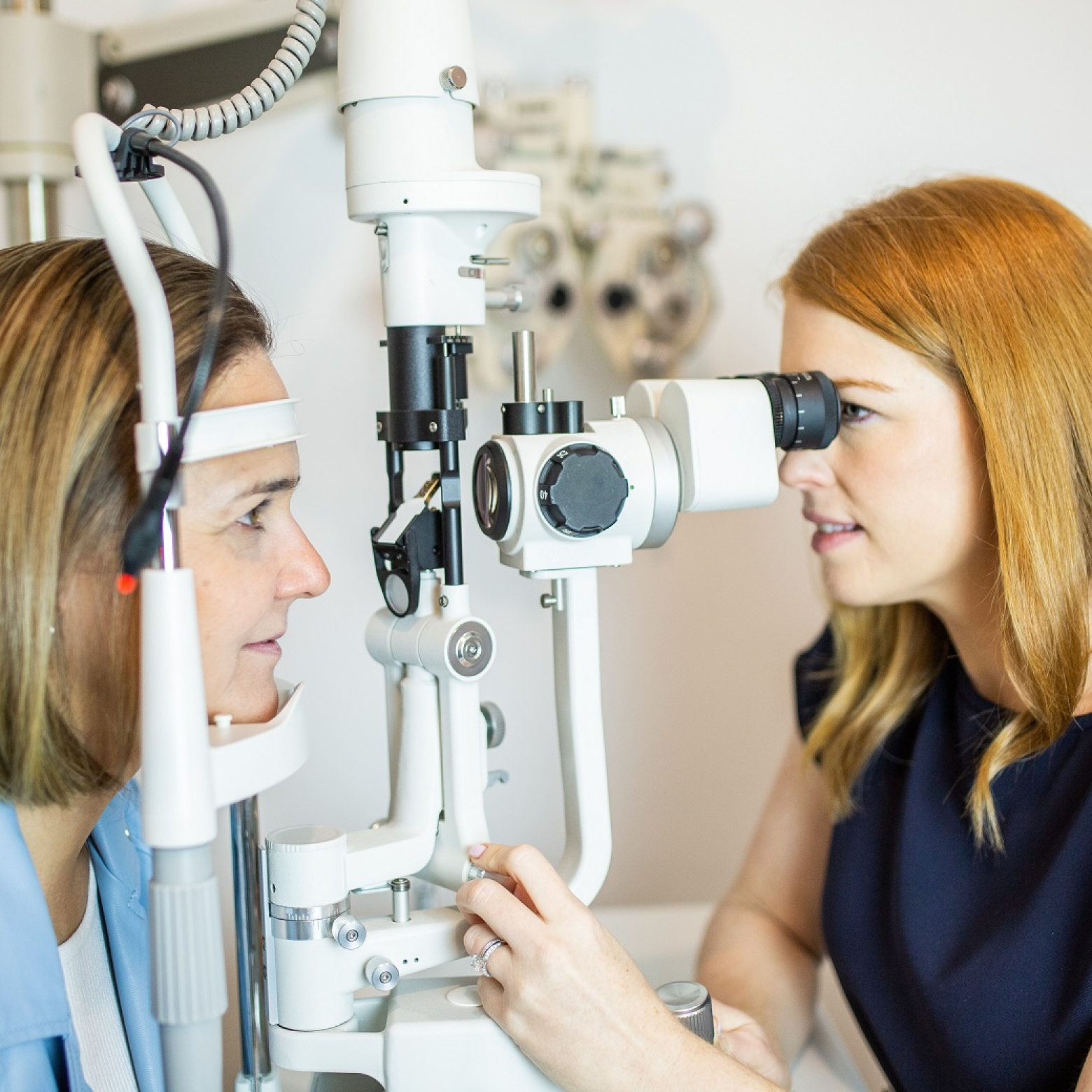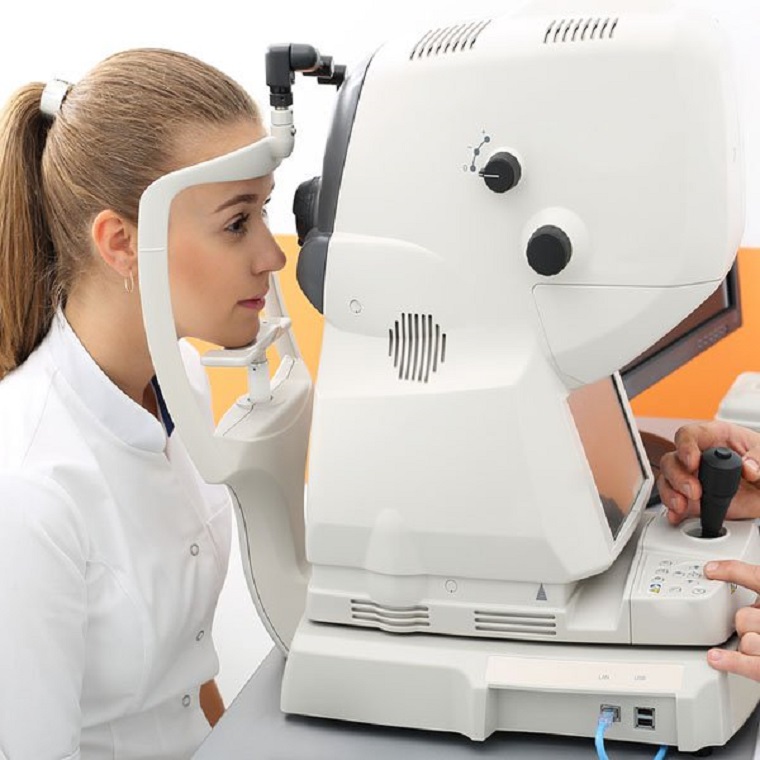Comprehensive Eye Examinations
At Temple Eyewear, your Optometrist will do a thorough examination of your vision, prescription and eye health, which takes around 30-40 minutes. If you believe you have a complicated eye history and may require more time, please raise this when booking your appointment. We also co-manage a range of ocular health conditions with patient’s Ophthalmologists.
Valid Medicare claims can also be processed directly for you while in store.
Your optometrist is an eye specialist and will screen for common eye conditions such as:
- Cataracts
- Glaucoma
- Macular degeneration
- Diabetic retinopathy
- Dry Eye
- Astigmatism
- Keratoconus
- Pterygium
Eyes are complex and our clinical team uses a number of specialised instruments and equipment to gain the full picture. They will also ask questions about your lifestyle, health and about the type of work you do so that we can understand what your individual needs are and tailor solutions for optimum results.
Additional testing or treatments will be discussed by your optometrist when necessary. This may include:
Pupil dilation examinations
Special eye drops are used to dilate (enlarge) the pupil. This allows for a bigger window of view into the eye. The optometrist can then assess the internal structures of the eye, in particular the peripheral retina, macula, optic nerve and blood vessels.
Visual fields
Using the Medmont visual field analyser, your optometrist can assess for visual field defects associated with Glaucoma, head trauma, neurological conditions, and when required for some driving licence applications and renewals.
Retinal Photography
Imaging the retina will aid in disease detection and serve as a great visual baseline for the health of the back of your eye.Comparison imaging can be performed over time, looking for subtle changing and allowing for early detection of eye conditions. This is much like taking a normal photograph as it is non-invasive and produces an instant digital result.
Optical Coherence Tomography (OCT)
OCT is a safe and non-invasive method of creating a cross section image of your retina, using reflected light waves.The image produced shows all the distinctive layers of the retina, allowing your optometrist to identify the exact location and nature of pathologies, screen for macula degeneration, diabetic or hypertensive retinopathy, or medication side effects on the macula.OCT can also be used to assess the optic nerve, which is crucial in identifying Glaucoma and some neurological conditions.
No puff eye pressure measurements
Using the iCare tonometer, this latest method of measuring eye pressure is widely used by Ophthalmologists and is a quick and non-invasive testing method. There are no drops, and no puffs of air involved.
Dry Eye assessment
Dry Eye is an inflammatory condition that is increasing in prevalence and can cause significant disruption to vision and eye comfort. Age, systemic disease such as diabetes or autoimmune conditions, medications, lifestyle and environmental factors all contribute to dry eye symptoms and disease.
Your optometrist will use a range of assessment techniques to analyse and identify the type of dry eye you are suffering.
Dry Eye treatment
Treatment options will range and vary depending on the type and severity of your dry. These can include:
- Lubricating eye drops (also known as artificial tears)
- Steroidal anti-inflammatory eye drops
- Optimel Manuka Honey eye drops
- Immunosuppressant eye drops
- Omega 3 supplements (Lacritec – Specialized blend of Fish Oil, Flaxseed Oil and Borage Oil which increased tear gland secretions)
- Lid and tear gland hygiene, including specially formulated scrubs, wipes and solutions
- Home Heat Treatment – Bruder Pack followed by compressions
- In Office Heat Treatment – Blephasteam treatment followed by debridement and manual gland expression
Prescription eye drops
Many of our optometrists are therapeutically qualified, meaning they are trained in the treatment and prescribing of topical antibiotics and steroids to treat infection and inflammatory eye conditions. We can also perform foreign body removal from the cornea.
Contact Lens Consultations
We encourage all enquiries for both new and existing contact lens wearers.
New contact lens wearers are assessed for suitability and fitted with the latest contact lens technologies to suit their lifestyle. All aspects of contact lens use, including insertion/removal, and care and maintenance is covered in these consultations.
Existing optical contact lens wearers are encouraged to ask about latest contact lens designs and technologies, particularly if they are unhappy with their current lenses and their vision or comfort.It is also important to ensure your ocular surface and corneal health is assessed and managed in long term contact lens wear.




